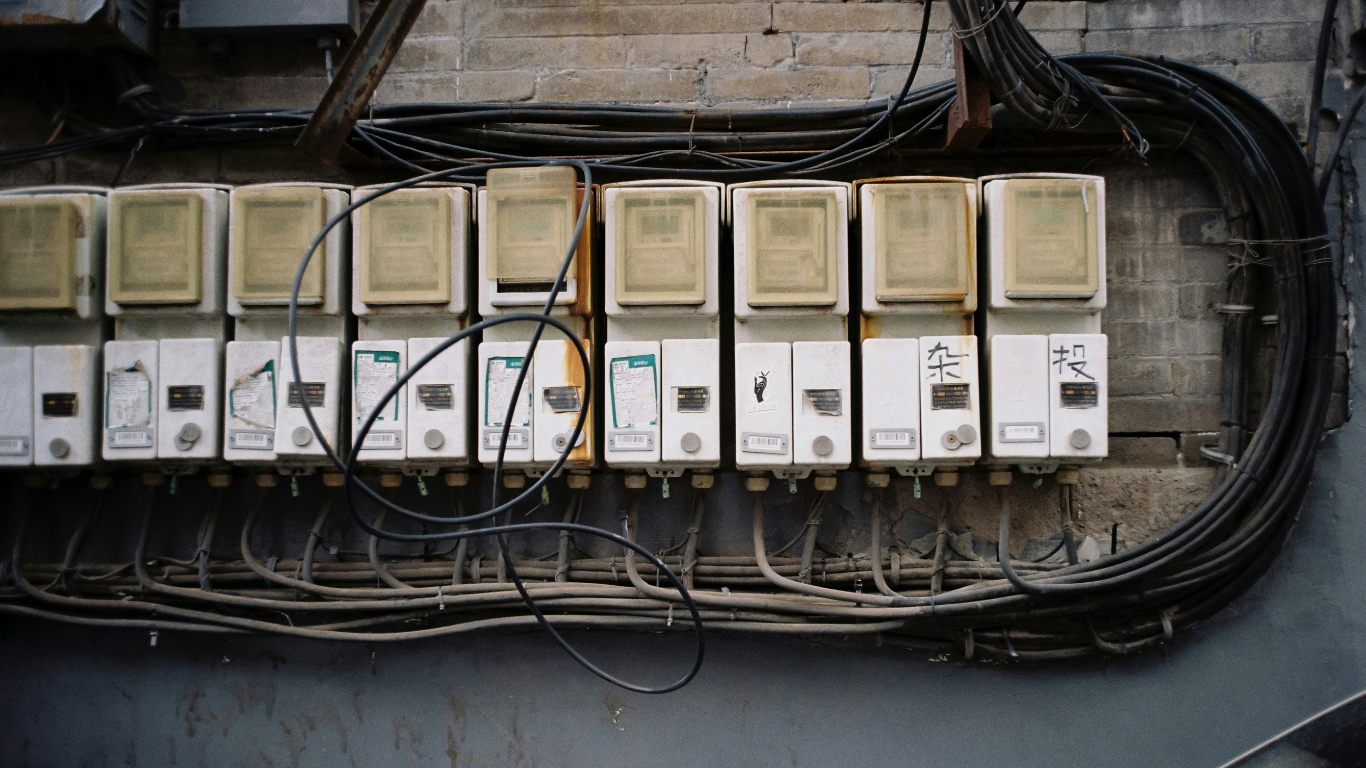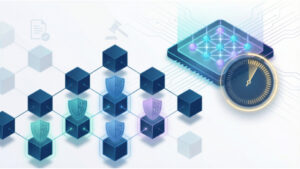Utility providers and businesses worldwide face mounting pressure to modernize their billing processes. With energy costs rising, sustainability becoming a global priority, and customers demanding greater transparency, utility bill management is no longer a back-office function — it’s a strategic necessity. The next wave of innovation is being driven by Artificial Intelligence (AI) and the Internet of Things (IoT), which are transforming how utilities monitor usage, manage billing, and deliver customer value.
These technologies not only automate manual processes but also provide insights that were impossible to achieve with legacy systems. For utilities and enterprises alike, the question is no longer if AI and IoT will reshape billing, but how.
The Role of Smart Systems in Streamlining Billing
For years, billing errors, delayed statements, and inefficient reconciliation plagued the utility sector. With AI and IoT, many of these challenges are becoming solvable. By connecting meters, sensors, and grids through IoT devices, utilities gain access to real-time consumption data. AI then steps in to analyze patterns, predict anomalies, and even flag fraudulent usage.
This integration reduces administrative burdens and ensures that invoices are more accurate and reflective of actual consumption. For organizations managing multiple locations or high-volume operations, adopting utility bill management software enhanced with AI and IoT can create measurable savings and better compliance oversight. The combination of automation and intelligence turns billing from a reactive process into a proactive strategy.
Predictive Analytics and Customer Empowerment
One of AI’s strongest contributions to the future of utility billing is predictive analytics. Instead of merely recording past usage, AI models can forecast future consumption with high accuracy. This empowers both providers and consumers: utilities can balance loads on the grid, while customers can better plan their energy budgets.
IoT devices make these forecasts actionable by providing granular, real-time data. For example, a smart water meter can detect unusual spikes that indicate leaks, allowing intervention before a costly bill arrives. Similarly, AI can analyze seasonal usage trends and recommend personalized energy-saving strategies for households or businesses.
By giving customers greater control over their utility usage, providers also strengthen trust — an increasingly vital metric in competitive markets.
Enhancing Operational Efficiency
Behind the scenes, AI and IoT technologies offer utilities unparalleled operational advantages. Instead of sending teams to manually read meters or investigate billing disputes, utilities can automate these processes. IoT-enabled meters transmit data directly to billing systems, while AI validates the information, identifies discrepancies, and flags issues for review.
This streamlined workflow reduces errors, cuts labor costs, and ensures compliance with evolving regulatory frameworks. More importantly, it creates bandwidth for utility companies to focus on innovation, customer service, and sustainability initiatives rather than administrative troubleshooting.
Integrating AI and IoT with Broader Utility Ecosystems
AI and IoT in billing don’t exist in isolation. These technologies are part of a broader digital transformation across the utility sector. Smart grids, renewable energy integration, and dynamic pricing models all depend on accurate, real-time consumption data. AI enables utilities to manage complex variables, such as balancing solar power supply with peak demand, while IoT provides the infrastructure for data collection and communication.
When tied to customer-facing billing systems, these innovations support flexible pricing models, carbon footprint tracking, and even gamified energy-saving programs. Together, they make utilities not only service providers but also sustainability partners.
Challenges to Overcome
Despite their promise, AI and IoT adoption in utility billing is not without hurdles. Common challenges include:
- Data Security: With sensitive consumption and billing information transmitted across networks, cybersecurity risks must be addressed.
- Interoperability: Integrating IoT devices from different manufacturers into a seamless system can be complex.
- Cost of Implementation: While long-term savings are clear, the upfront investment in AI and IoT infrastructure can be a barrier for smaller utilities.
- Change Management: Shifting from legacy systems to modern platforms requires cultural as well as technical adaptation.
Providers that navigate these challenges successfully will be positioned to lead the industry into its next phase.
The Future: Proactive, Transparent, and Sustainable
Looking ahead, the synergy of AI and IoT promises a billing ecosystem that is proactive rather than reactive. Instead of waiting for disputes or high bills, customers will receive alerts, insights, and actionable recommendations in real time. Utilities will operate with more efficiency, less waste, and greater accountability, aligning their business models with global sustainability goals.
Companies like QualityAgeBuild emphasize the importance of integrating structural and technological resilience. Just as strong foundations protect homes, robust billing systems safeguard utility operations. When AI and IoT are woven into the billing fabric, the result is a system that grows smarter, more adaptive, and increasingly valuable over time.
Final Thoughts
Utility bill management is undergoing a profound transformation. With AI predicting trends, IoT delivering real-time data, and smart software platforms bridging the gap between provider and consumer, the next generation of billing will be more accurate, transparent, and customer-centric than ever before.
For utilities, the future is clear: adopting AI- and IoT-enabled solutions isn’t just about efficiency, it’s about redefining the relationship with customers and ensuring long-term sustainability in an evolving energy landscape.
Article received via email






























